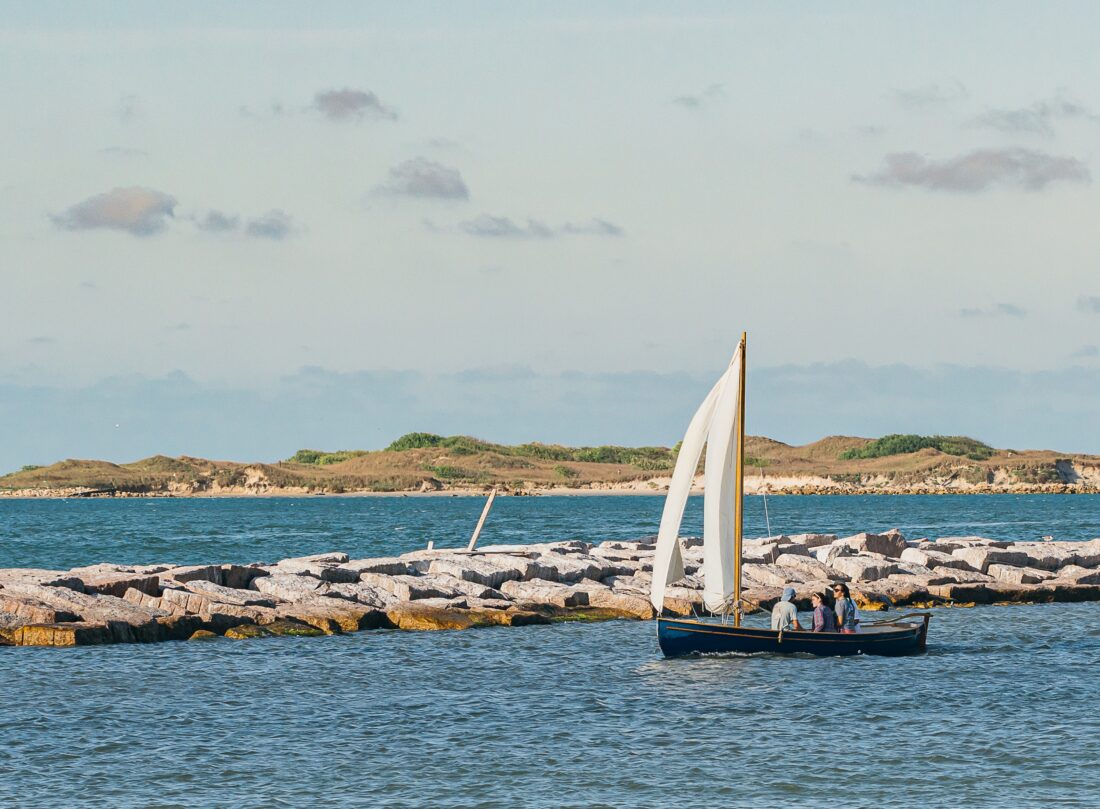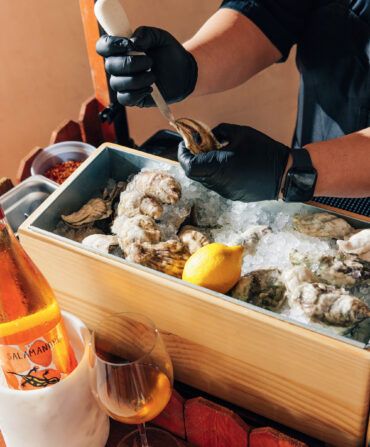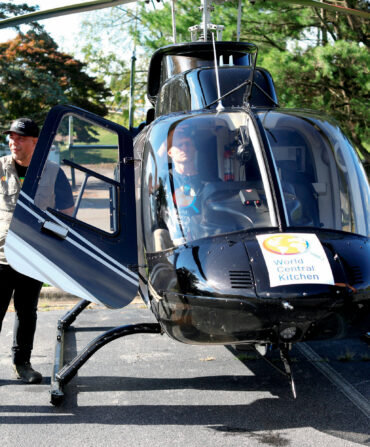Who hasn’t dreamed of an island escape? Some people might envision palm fronds swaying in the breeze, while others might fantasize about sand dunes where wild ponies run free. Or perhaps they long for the Gilded Age, when tycoons had their own private retreats. Southerners have all of these locales and more. Here are seven islands where we wouldn’t mind if cell service is spotty.

Hunting Island
South Carolina
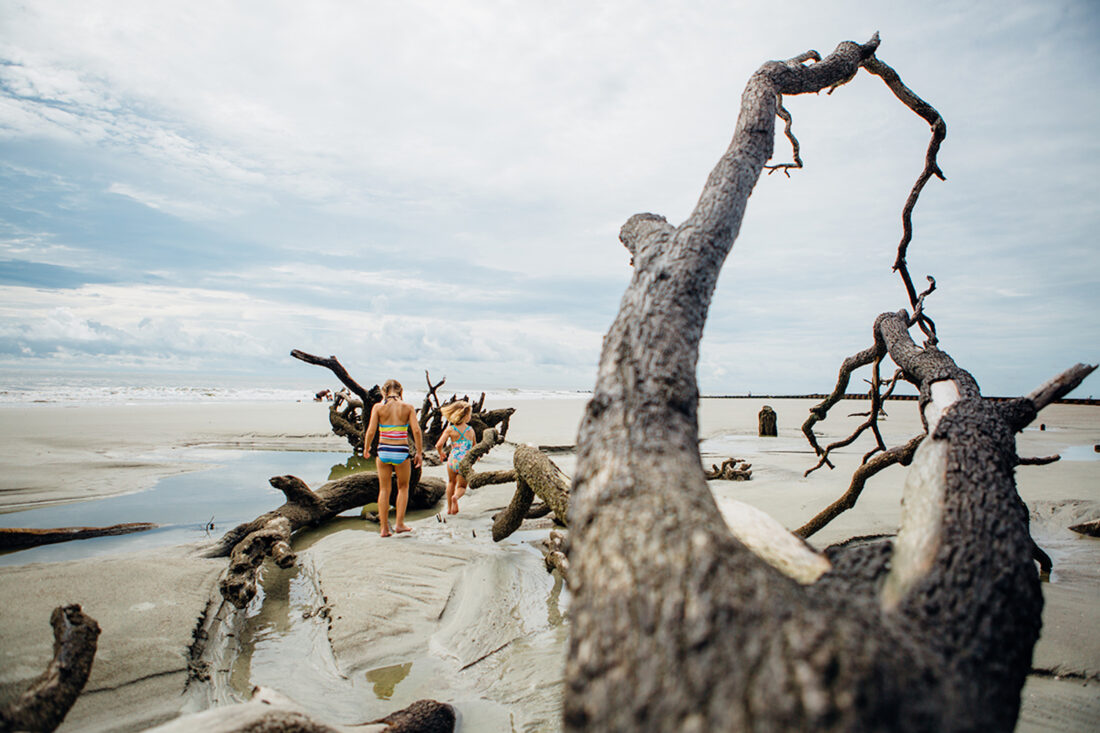
Located sixteen miles east of Beaufort, Hunting Island is South Carolina’s most popular state park and one of the six Beaufort Barrier Islands, which include Harbor, Hunting, and Fripp. Its 5,000 preserved acres are home to a saltwater lagoon, meandering marsh and maritime forest, and the Hunting Island Lighthouse, the only one in South Carolina that visitors are allowed to climb (although it’s currently closed for renovations).
Explore the island by water with a naturalist-led Coastal Expeditions dolphin cruise, departing from Saint Helena Island, or take a stroll along the marsh boardwalk to spot wildlife such as herons, alligators, and loggerhead sea turtles and the filming locations for several Forrest Gump scenes. Just across a bridge over the saltwater marsh, find the Boneyard, one of the most striking features of Hunting Island. The driftwood beach, lined with sun-and-salt-bleached trunks and roots, is a popular spot for photographers, stargazers, and anyone who loves a beautiful sunset.
Jekyll Island
Georgia
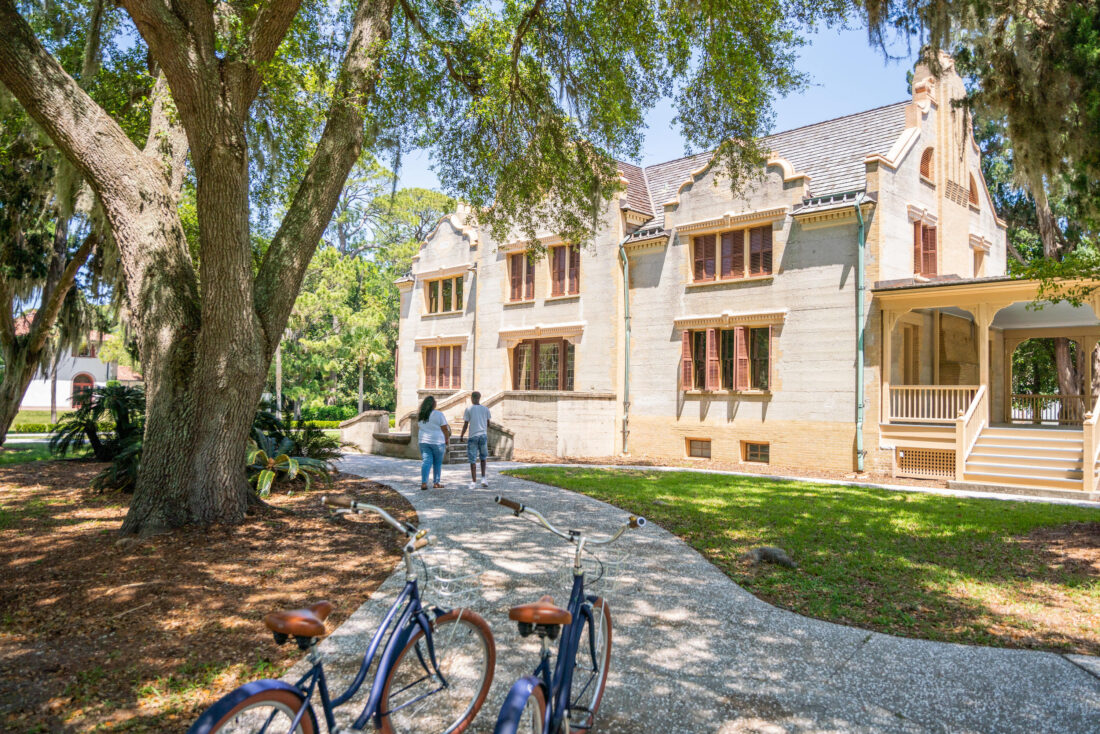
The southernmost of Georgia’s Golden Isles, Jekyll appears as a place that time forgot. Northern tycoons purchased the island in 1886 as a private winter retreat and founded the exclusive Jekyll Island Club, frequented by members of the Rockefeller, Vanderbilt, and Morgan families. The state bought the island in 1947, allowing public access to the paradise once reserved for the Gilded Age elite, but the clubhouse and many club members’ cottages still stand.
Popular spots include Driftwood Beach (exactly what it sounds like) and Jekyll Point, the southernmost tip of the island. A great place to watch the sun sink over the Atlantic, St. Andrews Beach Park is also known for dolphin sightings. In the daytime, bike along paths lined with live oak trees draped with Spanish moss, or ride a guided-trolley through the 240-acre historic district to Gilded Age cottages. And don’t miss the new Wanderer Memory Trail, named after one of America’s last known slave ships, which came ashore here; the trail was recently designated a UNESCO Slave Route Project “Site of Memory.”
Bald Head Island
North Carolina

North Carolina’s southernmost cape island, Bald Head is located where the Cape Fear River and Atlantic meet. Leave your car and cares behind and take the twenty-minute ferry ride from the fishing village of Southport to the East Coast’s northernmost subtropical island. Cars are not allowed, but golf carts and bikes are readily available, giving the island a private-oasis feel.
For easy adventure, the Bald Head Island Conservancy offers kayak tours of the island’s salt marshes and tidal creeks. Or climb the 108 steps of Old Baldy, North Carolina’s oldest standing lighthouse, commissioned by Thomas Jefferson and built in 1817. Housed in the lightkeeper’s cottage, the Smith Island Museum shares fascinating stories, including the tale of the notorious “Gentleman Pirate,” Stede Bonnet, who was captured at the mouth of the Cape Fear River. Despite Bald Head’s remoteness, civilization can be found at the Bald Head Island Club, featuring a championship golf course and Jules’ Salty Grub & Island Pub.
San Jose Island
Texas
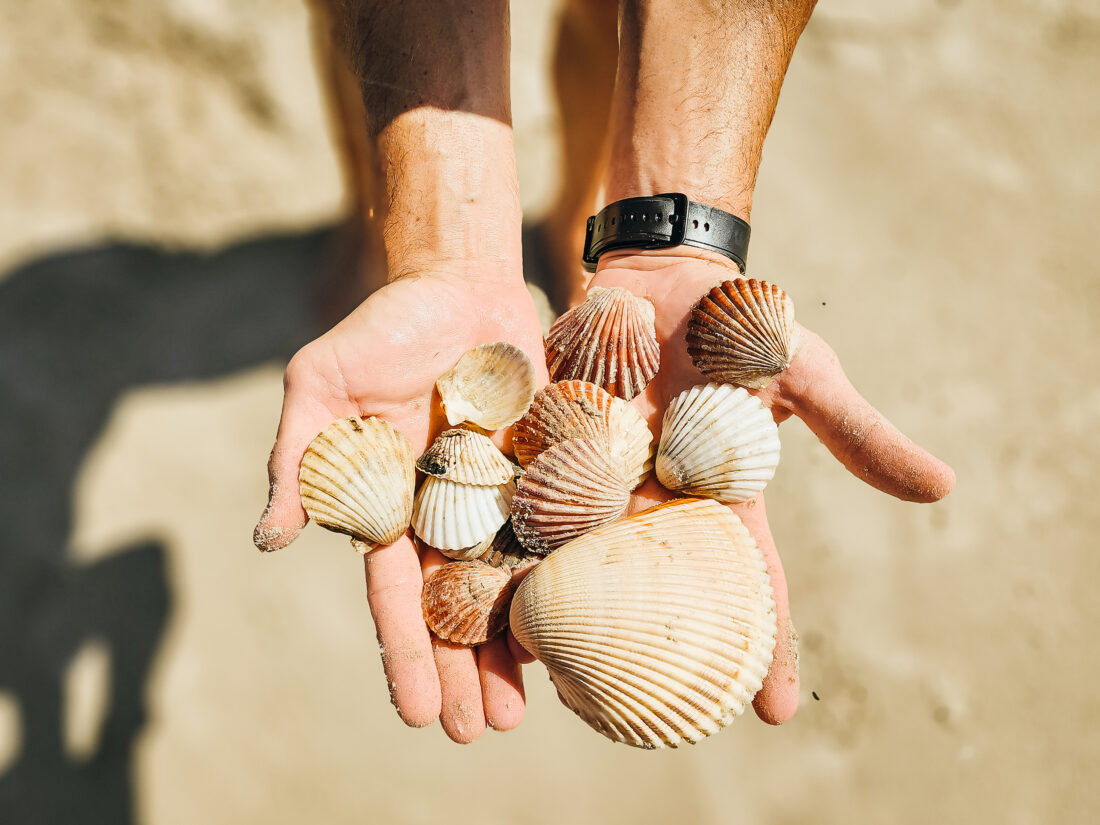
If you relish the idea of living off the grid (at least for an afternoon), San Jose Island, known by locals as St. Jo’s, fits the bill. Take a jetty boat from Port Aransas to get to the mostly uninhabited island, and bring provisions for the day. Privately owned, St. Jo’s was a ranch where Texas oilman Sid Richardson entertained businessmen and U.S. presidents, but today its primary inhabitants are wildlife, including some three hundred bird species. Access is permitted only on public land, with no vehicles allowed, and visitors must stay on the beach below the mean high tide line. Those willing to make the journey are rewarded with an angler’s paradise that would make Ernest Hemingway envious. More than six hundred species of fish inhabit the offshore waters, including Spanish mackerel and red snapper. Beachcombers will delight in finding lightning whelks and sand dollars on the twenty-one miles of shoreline.
Anna Maria Island
Florida

The Gulf Coast’s Anna Maria Island is as known for what it has—powdery white sand beaches, turquoise water, and old Florida charm—as what it doesn’t—high-rise condos, chain restaurants, and crowds. The island’s three towns of Anna Maria, Holmes Beach, and Bradenton Beach have focused recent efforts on conservation (through campaigns like Love it Like a Local and Leave No Trace) and recently added the Gulf Islands Ferry to cut down on emissions. Lack of commercialization makes the island a haven for marine wildlife, including five species of sea turtles and over one hundred resident bottlenose dolphins, but Anna Maria’s unofficial mascot is the threatened West Indian manatee. The herbivorous “sea cows” can be seen swimming in the shallow waters of the Gulf, bays, and canals, munching on seagrass and vegetation.
Assateague Island
Maryland/Virginia
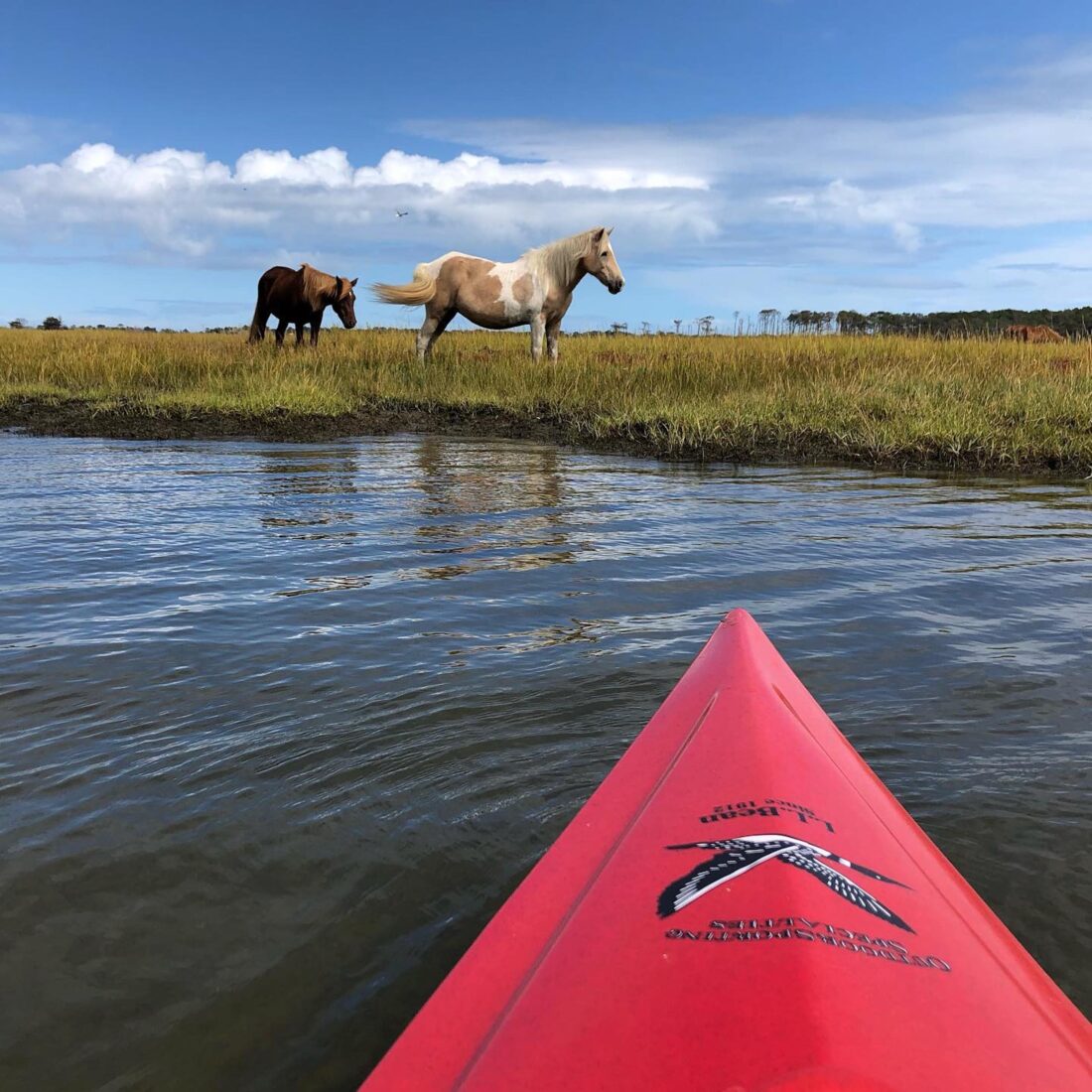
Thirty-seven-mile-long Assateague has the unusual distinction of being located in two states—the northern two-thirds sit in Maryland, and the southern third is in Virginia. The winding salt marshes and bays are ideal breeding grounds for a diverse array of wildlife, but the island is best known for feral ponies, as featured in Marguerite Henry’s classic book Misty of Chincoteague. Thousands of visitors come each year to photograph the island’s red and white striped Assateague Lighthouse and the wild ponies descended from Spanish horses that came to America in the 1500s. Separated by fencing, the Maryland horses are owned and managed by the National Park Service, and the Virginia Chincoteague ponies are owned by the Chincoteague Volunteer Fire Company. Each July, horse lovers flock to nearby Chincoteague for Pony Penning Day, an annual tradition during which the animals are rounded up by the “saltwater cowboy” volunteers. Some are auctioned, and all are given any needed medical care.
Dauphin Island
Alabama
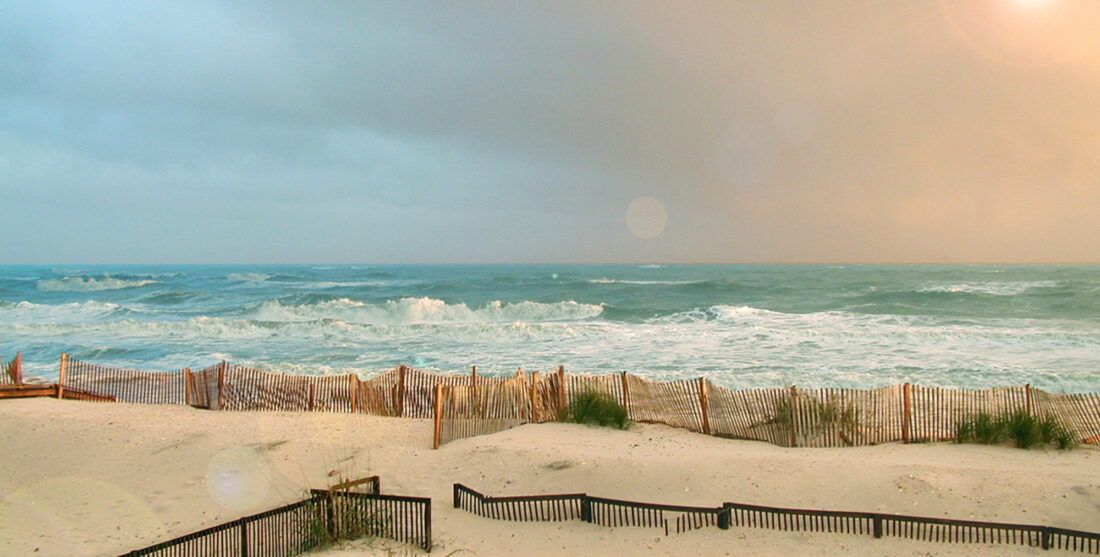
Three miles south of Mobile Bay, the fourteen-mile-long Dauphin Island protects the Gulf coastline, even though it’s just under two miles wide at its widest point. One of the state’s few barrier islands, with only 1,300 permanent residents, it’s a popular destination for visitors for its low-key beaches. Birds love it too; during spring migration, at least 420 avian species have been sighted on the island. The Audubon Bird Sanctuary’s acres of maritime forest, swamp, and sand dunes are a first stop for many weary migratory birds crossing the Gulf of Mexico, making the island a top birding location in North America.


